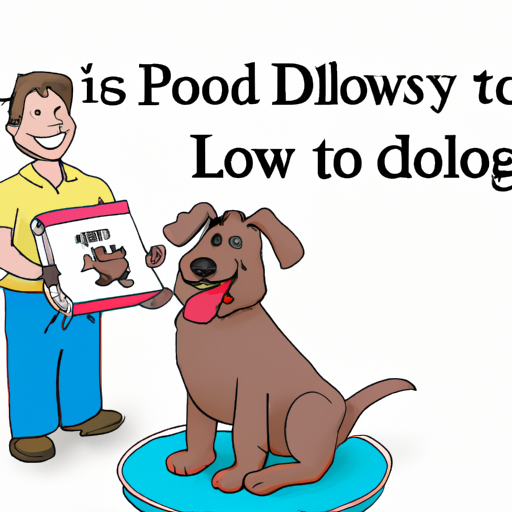Understanding Your Dog’s Needs
As a caregiver, you need to know that each dog has its own unique set of needs and learning curve. Some might learn quickly, while others may take time. Patience is your best friend here. You may need to observe your dog’s behavior to understand when they need to go. Here are some common signs:
- Sniffing the floor.
- Going around in circles.
- Whining or barking.
- Sitting or standing by the door.
Setting a Routine
Dogs thrive on routine. You need to establish a regular eating and bathroom schedule. Generally, dogs need to go:
- First thing in the morning.
- After meals.
- After playtime.
- Before bedtime.
| Meal Time | Potty Time |
|---|---|
| Morning | After 15-30 minutes |
| Mid-day | After 15-30 minutes |
| Evening | After 15-30 minutes |
The Right Training Spot
Choose a specific outdoor place for your dog to do their business. Dogs tend to go where they smell their scent, so consistency is key here. Always bring them to the same spot and they’ll soon understand what you expect from them.
Rewarding Good Behavior
Positive reinforcement is the key to any training process. Whenever your dog successfully uses the designated potty spot, reward them with treats, praises or petting. This will encourage them to repeat the behavior.
Handling Accidents
Accidents are bound to happen. When they do, don’t punish your dog. Instead, clean up the mess thoroughly to remove any scent that might encourage them to go again in the same spot. You should also review your routine to ensure it meets your dog’s needs.
FAQs
Q: How long does it take to potty train a dog?
A: It varies. Some dogs might take a few weeks, others might take a few months.
Q: My dog is having frequent accidents. What should I do?
A: Consult your vet. Frequent accidents can be a sign of medical issues.
Q: Can older dogs be potty trained?
A: Yes. While it might take longer, older dogs can definitely be potty trained.
Q: What if I live in an apartment?
A: Consider indoor potty options like pee pads, artificial grass, or litter boxes.
Remember, patience and consistency are key when potty training your dog. Don’t get discouraged if progress seems slow. Each small success is a step in the right direction. Happy training!



